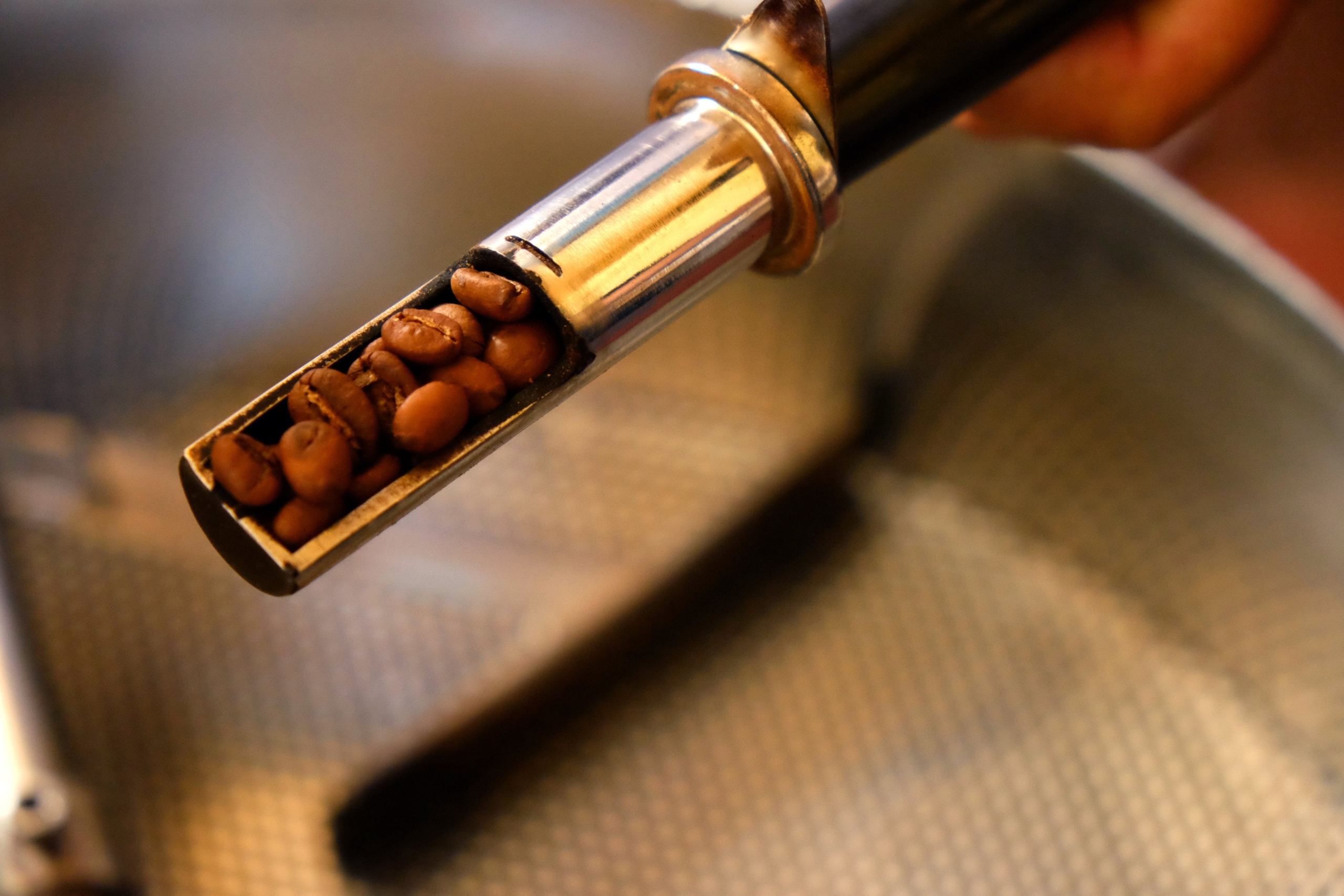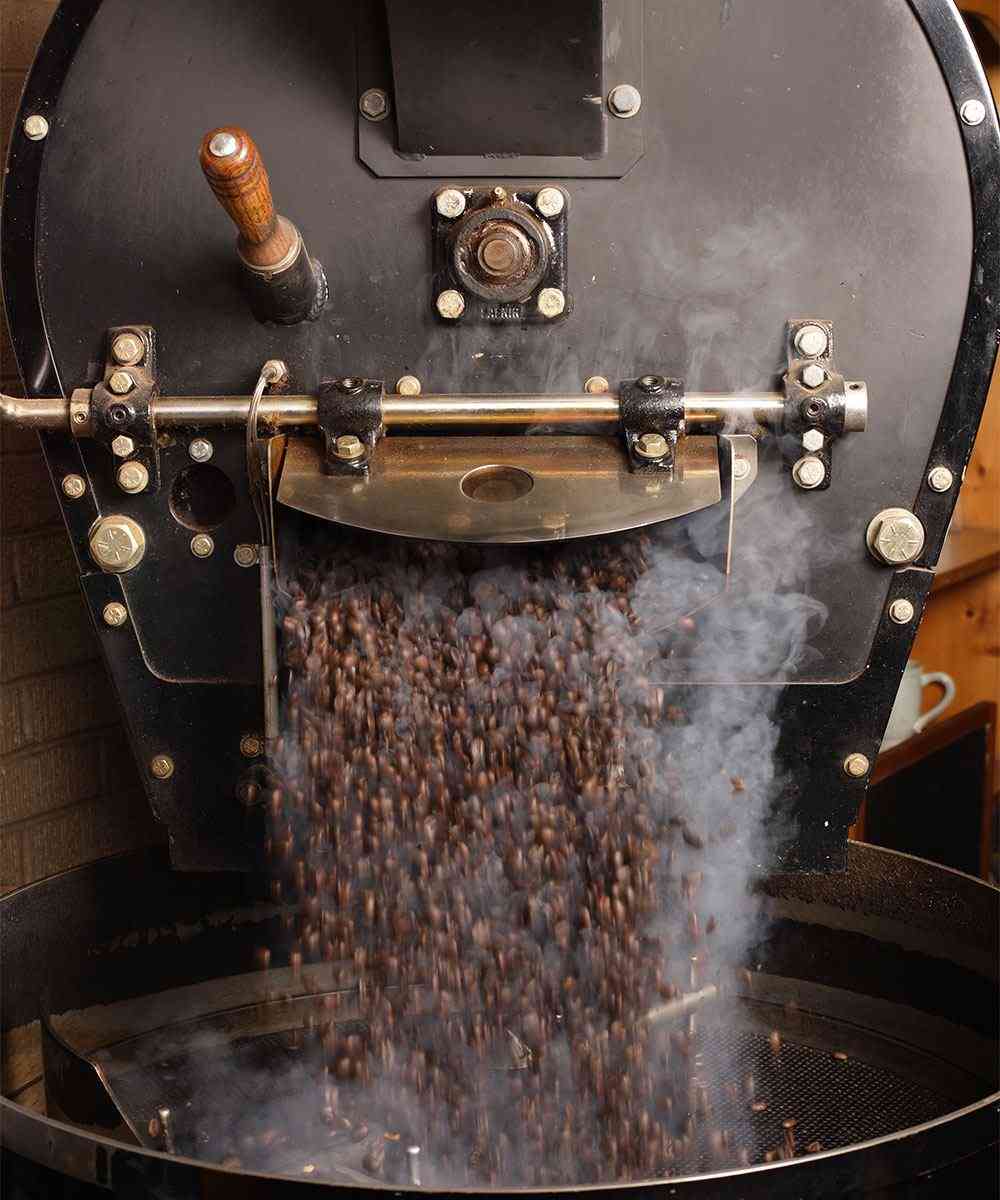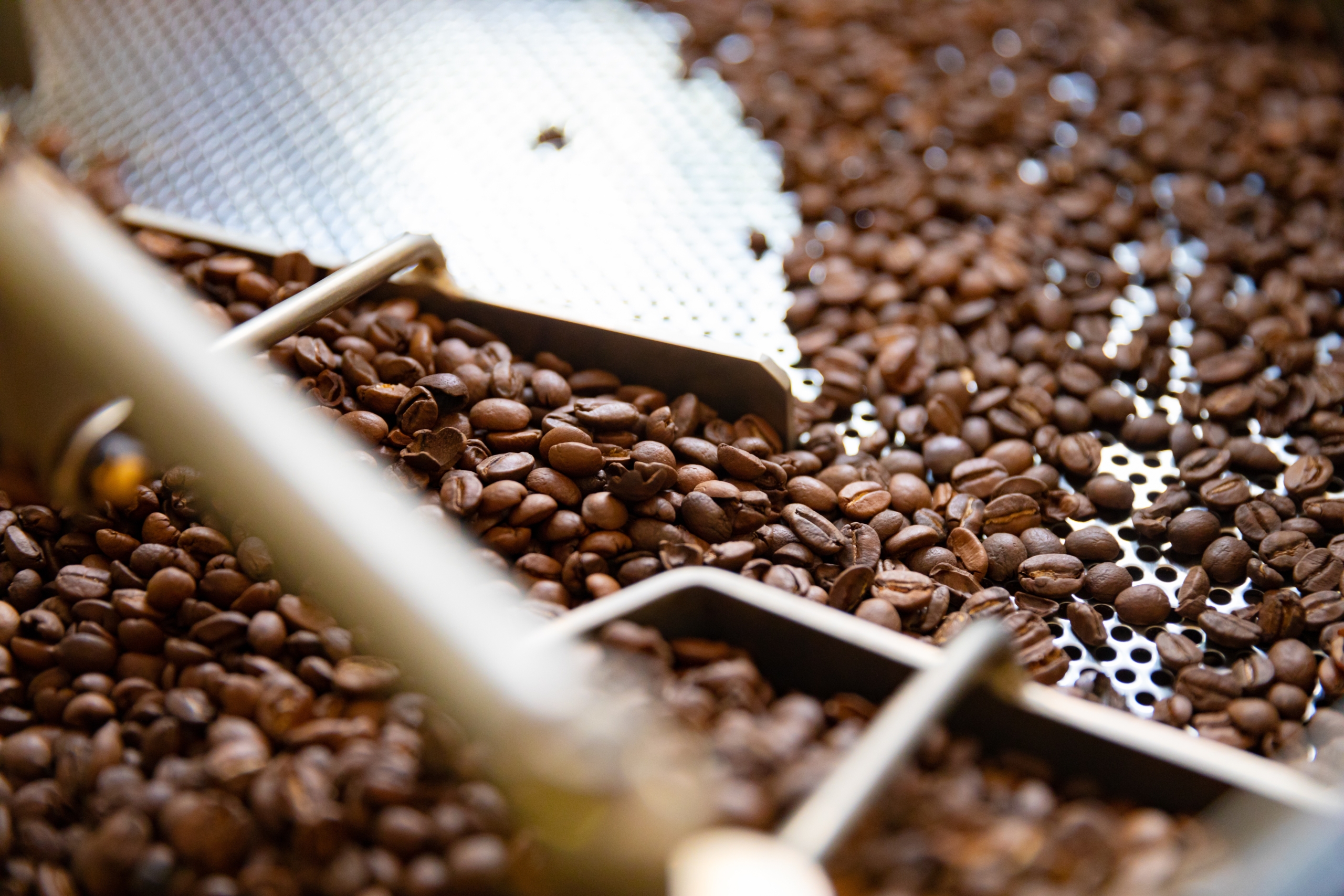Roasting Coffee: Light, Medium and Dark Roasts Explained
17th June 2019
There are many factors that affect the taste of your coffee including roast degree and roast colour. This is often discussed in terms of light, medium and dark roasts involved in the coffee making process. This article will explain the process of roasting coffee and the different types of roasts involved. You can even learn how to determine the roast of your coffee depending on its taste!
The roasting process causes lots of chemical changes to take place, which influences the taste and aroma of coffee. When coffee beans reach the peak of the roasting process, they are quickly cooled. Many consumers assume that the strong, rich flavour of dark roasted coffee has higher levels of caffeine, but it is just the latter. Lighter coffee roasts actually have a slightly higher level of concentration and are often branded as being the more popular of coffee roasts.
Why Does Roast Type Matter?
With coffee, the amount and duration of heat applied can be the difference between a light brown, caramelised coffee roast, to something that has a smoky aroma and a taste profile similar to liquorice. The heat causes chemical changes to the amino acids and sugars present in coffee.
With darker roasts, these amino acids and fatty acids that impart flavour are largely burnt out. It all comes down to the type of roast you prefer. Medium-dark roasts are popular with coffee companies as the beans have a lower oil and moisture content, making them lighter in taste. Other factors can also affect the type of roast the coffee will produce, from the age of coffee, country of origin to processing method, grind and brewing method. Coffee roast type matters because it determines the taste of your final beverage. It could be the determining factor in deciding whether or not you prefer Italian Espresso over Breakfast coffee.
Light Roasts
The term light roast refers to the colour of roasted coffee beans when they are removed from the coffee roaster. Mastering the art of coffee roasting comes from hitting consistency from roast to roast in colour and bean development of different coffee beans. Light roasted beans will be light shades of brown and considerably lighter than most coffee drinkers have seen.
Light roast coffee beans are often found in speciality graded Arabica coffees. If roasted and brewed properly, they will display positive attributes in their flavour and will be complex and interesting to taste. When tasting lighter roasted coffee, your palate will quickly develop and learn how to distinguish between a light, medium and dark roast.
If the coffee has been lightly roasted but poorly roasted then it can be quite unpalatable and unpleasant to taste. They may for example taste a little vegetal and lack sweetness or may have developed few flavours at all. Examples of light roasted coffee beans are Columbia, El Salvador, Rwanda and Nicaragua.

Medium Roasts
The change from light to medium roasts involves a slight colour change. The roast will be a darker shade of brown and are usually roasted a little longer than for light roasts. As the coffee beans expand and release water vapour and CO2 pressure, the beans begin to develop flavours consistent with notes of roasted nuts, vanilla and butter. Medium roasted beans develop these flavours without compromising on the coffee’s acidity or other intrinsic flavours.
Medium roasted coffee is very popular in the specialty coffee industry due to their accessibility and capability in common brewing methods while still retaining flavour and character. The intensity of acidity and delicate flavours found with lighter roasts are somewhat reduced for an easy-drinking experience. Many commercial baristas and consumers prefer to use medium roasted coffee beans because they pair well with milk, are less intense in terms of acidity and tend to yield a sweeter flavour overall.

Dark Roasts
Traditionally, dark roasted coffees are darker in colour and are often recognised for being the most commonly found roast degree historically. Dark roasting is used to mask defective and lower grade coffees, where you can no longer taste any of the intrinsic qualities. These types of coffee roasting beans are have low acidity levels, few delicate nuances of flavour detectable and are described as being smokey or tarry in terms of aroma.
Other notable flavours in darker coffee roasts are dark bitter chocolate, liquorice, savoury flavours and spicy notes such as black pepper or clove. The beans may appear shiny and will often feel oily to the touch. Coffees roasted to this level tend not to have many of their origin characteristics left, but can still be interesting to taste and thrive with chocolatey, nutty and caramel flavours. Many examples of dark roasted coffee includes Italian Espresso, French Roast and Continental Roasts.
The coffee industry overall, tends to prefer light and medium roasts in comparison to dark roasts. But dark roasts are rising in popularity due to their distinguished taste profiles and eccentric aromas. When roasted correctly, these different types of roasts can produce an irresistible cup of coffee. Whether you prefer a lighter roast in the morning to start your day, a medium roast after lunch to keep the momentum going or a dark roast in the evening after dinner, having the powerful knowledge about different roast types could help you decide which coffee you prefer.

